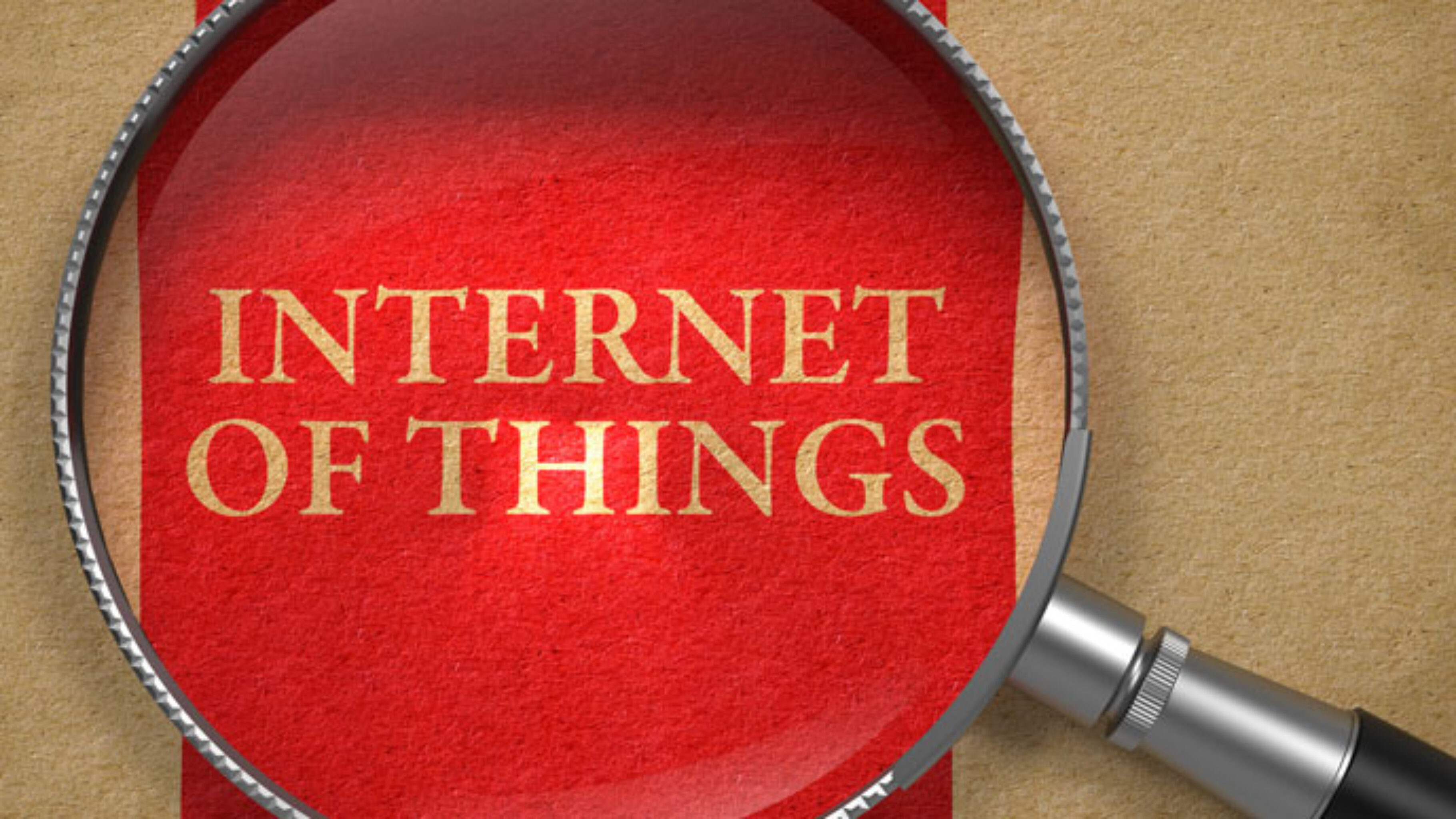The Internet of things is a term that we are hearing discussed in the blogs, on the news and slowly in everyday conversation, with increased regularity.
But, what is this strange, sci-fi sounding concept? How do we relate to it and understand it in everyday terms?
The Internet of Things (IoT), is a system where data is transferred over a network between objects, people or animals, all of whom will have been supplied with unique identifiers. The transfer is made entirely possible without human-to-human or human-to-computer interaction.
The IoT, is at present most commonly associated with machine to machine communications, in industries such as manufacturing and oil and gas. The machines once assigned an IP address, are provided with the ability to transfer data over a network. However, the Internet of things includes a whole range of different objects and things. A heart monitor, an animal with a bio-chip, or a car with built in sensors, are just some of the examples.
One of the reasons for the creation and implementation of the Internet of things, stemmed from the realisation that the Internet was wholly dependent on human beings for information and with human beings comes human error. Humans have limited attention and accuracy, the two components vital for capturing data. If we employ computers that know everything about us to gather our data, we greatly reduce both loss and cost.
For a business to truly benefit from the breadth of opportunities to increase efficiency that the IoT affords you, you need a highly robust and secure network infrastructure. Something that requires significant costs and investment.
When we add human beings to the Internet of Things, we begin to grasp fully the enormous impact this technology could have. The future of technology and connectivity is right on our doorstep, if we embrace the Internet of things, by fully adding human beings into the mix. Already studies in Sweden have involved placing implants into volunteers, taking the concept of wearables to a whole new level.
There is huge potential for life-logging. If for example, you are currently using a diet app which requires you input your daily calories and exercise habits to get an idea of how much calories you stored or burned, you are tasked with the cumbersome process of typing the data in one by one. Again, the potential for human error comes up. With something like an implant or a micro chip, you could simply tap your phone with it to transfer your daily exercise data into the app. Working out in a gym could be radicalised by the use of human implants. Consider a gym where there are sensors picking up how much you are working out, sending this information back to your implant which can be stored and later downloaded. Suddenly the whole diet industry is transformed.
Imagine having an implant which adapts and responds to your immediate environment. You could arrive at a football ground and be instantly informed of how many parking spaces are available, via sensors sending that information to your implant, instantly enhancing your match-day experience.
The wheels are already in motion for increased human involvement in the IoT. Already we have seen technologies such as Googles contact lenses that can monitor glucose in the blood to detect the early onset of diabetes.
BioStamp is a digital tattoo developed by US firm MC10. It can be stamped directly on to the body and collects data on body temperature, hydration levels, UV exposure and more.
Here is where the ethical concerns come into play. Many individuals have expressed real unease over the way in which the technology is moving. Just like concerns were raised in the last century over vaccinations, the same fears are expressed over contamination of the body with external hardware. There are also huge concerns over leaks to privacy with personal data being stored externally on networks via an implant, that once inserted cannot be removed immediately.
It is a thoroughly interesting time in the evolution of our species, with humankind and technology interacting like never before.








